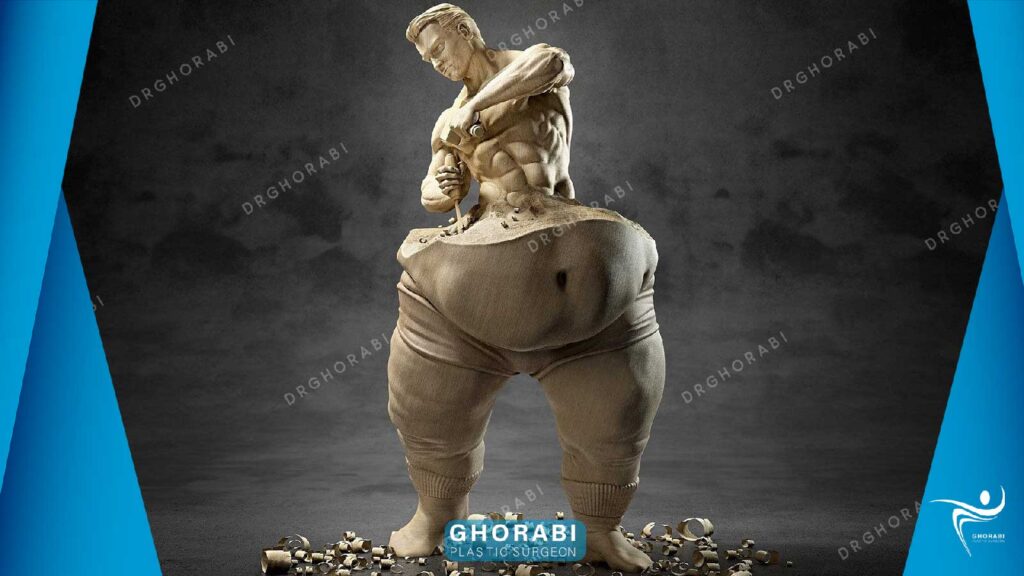Having a fit body and a balanced weight, in addition to the aspect of beauty, is also very important in terms of health. Unfortunately, around the world, at least 2.8 million people die every year due to complications caused by overweight or obesity.
To better understand the issue, it is necessary to mention some of the complications of being overweight and obese:
1. Increased blood pressure
2. high cholesterol
3. Increased triglycerides
4. causing insulin resistance
5. Risks of coronary heart disease
6. ischemic stroke
7. Type 2 diabetes
Different techniques are used to check people’s health level and determine weight appropriateness. Two of the most common are:
a. body mass index (BMI)
BMI (Body Mass Index) is obtained by dividing weight by the square of height. (height in meters to the power of 2)
More than 15% of the total burden of diseases in the world (which is known as the DALY index) is caused by an increase in body mass index.
The DALY index is the sum of the numbers related to:
A. Years lost due to premature death and
B. Years lost due to life with disability.
In other words, DALY is an index that calculates and displays the lost years of a healthy life.
Also, an increase in body mass index increases the risk of diseases such as breast, colon, prostate, endometrium (uterine wall), kidney and bladder cancer. Mortality rates increase with increasing degree of overweight, as measured by body mass index. To achieve optimal health, the average body mass index for an adult population should be in the range of 21 to 23, while the goal for individuals should be to maintain a body mass index in the range of 18.5 to 24.9. The risk of diseases increases for a body mass index of 25.0 to 29.9, and this risk is moderate to severe for a body mass index greater than 30.
Types of obesity based on body mass index.
| Category | Body Mass Index |
| Severe emaciation | Less than 16 |
| Emaciation | 16 to 18.5 |
| Normal | 18.5 to 25 |
| Overweight | 25 to 30 |
| Overweight class 1 | 30 to 35 |
| Overweight class 2 | 35 to 40 |
| Overweight class 3 | Greater than 40 |
Body mass index table according to people’s age
| The age range(year) | Ideal body mass index |
| 17 to 24 | 21 |
| 24 to 44 | 24 |
| 44 to 54 | 25 |
| Greater than 54 | 27 |
b. waist to hip ratio index (WHR)
The result of dividing waist circumference by hip circumference is called WHR (Waist-Hip Ratio).
Body mass index may be in the normal range, but having a WHR higher than one increases the risk of heart disease and type 2 diabetes. Therefore, it can be concluded that to obtain a better result, it is necessary to pay attention to several indicators at the same time.
According to the recommendations of the World Health Organization, the appropriate ratio of waist to hip size according to gender is as follows:
0.85 or less for women
0.9 or less for men
The table below shows how the WHO classifies the risk of weight-related diseases based on WHR:
| Risk for health | In men | In women |
| Safe | 0.95 and less | 0.8 and less |
| Intermediate | 0.96 to 1 | 0.81 to 0.85 |
| Dangerous | 1 or greater | 0.86 or greater |


